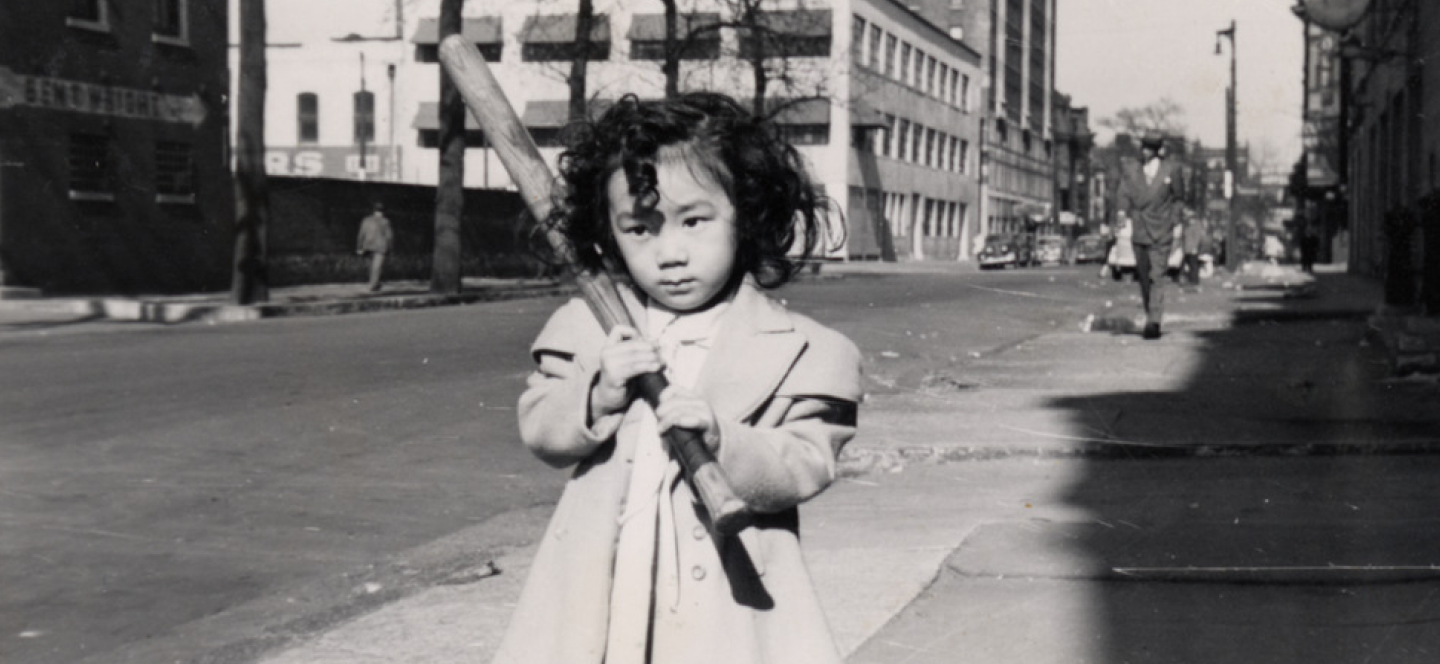Category: camp life
View Other Categories
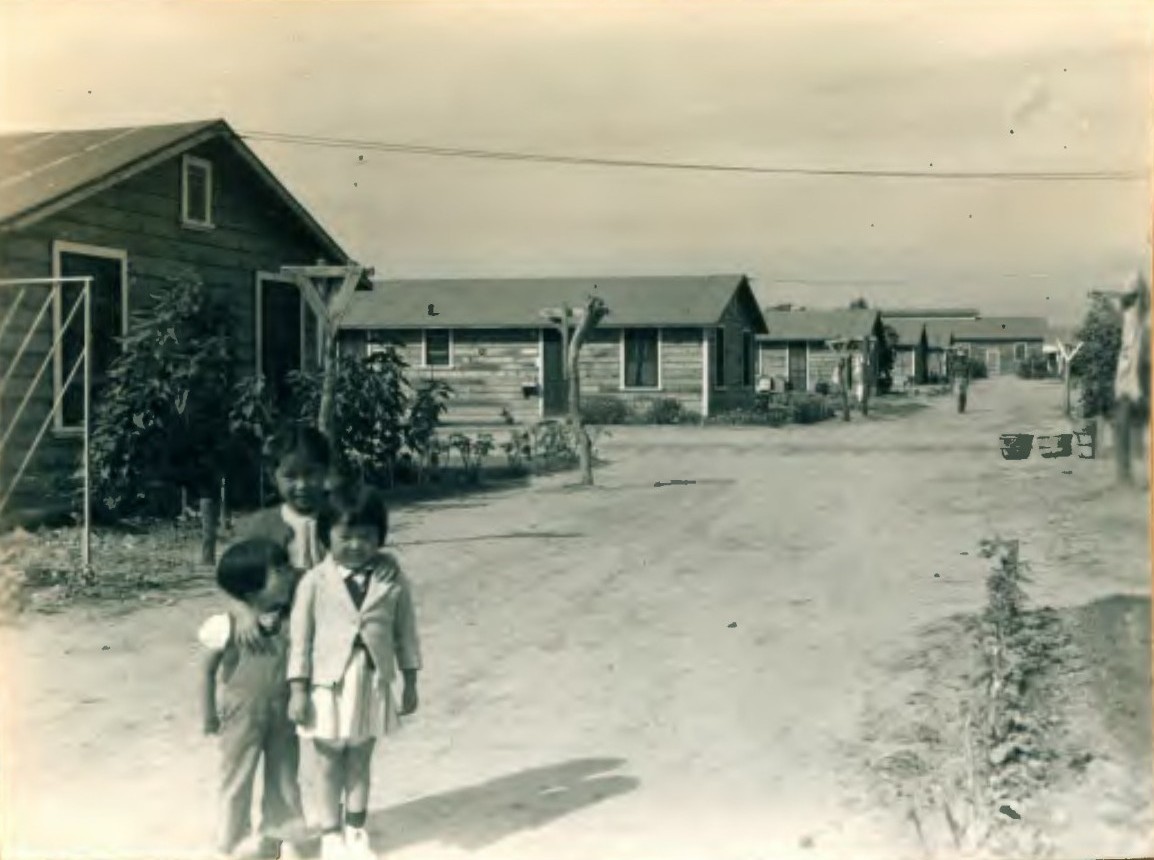
10 Little-Known Facts About the Crystal City Family Internment Camp
Guest post by Rob Buscher Located in South Texas about 80 miles southwest of San Antonio and 40 miles east of the Mexican border, Crystal City Family Internment Camp opened…
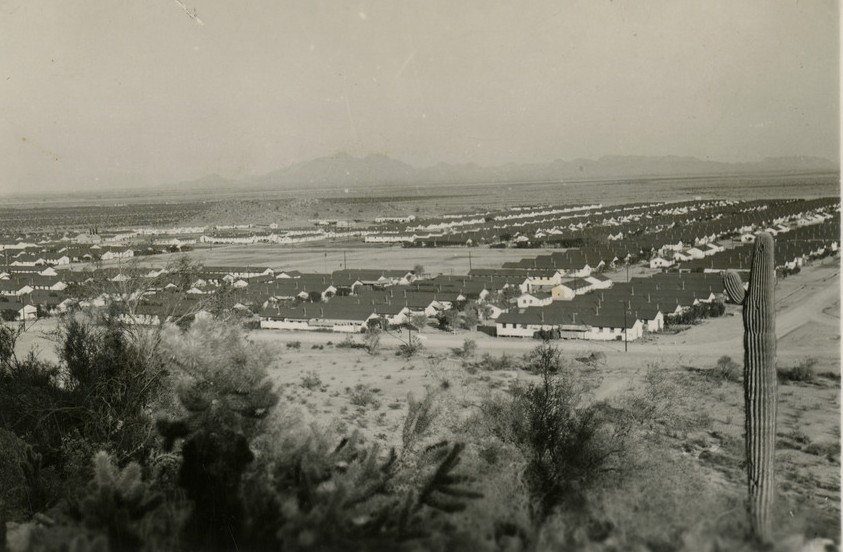
Valley Fever, a Short-Lived Cotton Picking Program, and Other Stories from Gila River Concentration Camp
The Gila River concentration camp was one of two in the state of Arizona and was built on land controlled by the Office of Indian Affairs on the ancestral land…
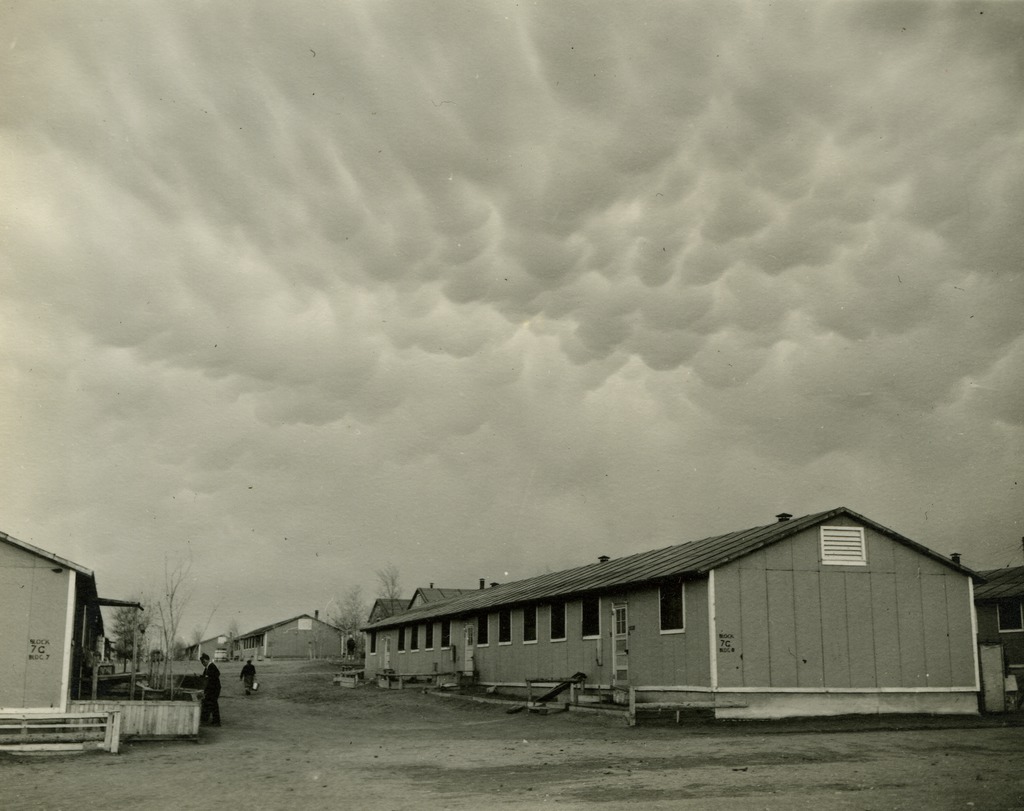
Photo Essay: Amache Through the Lens of George Ochikubo
Amache was the smallest of the ten concentration camps the US Government constructed to detain Japanese Americans during WWII. Yet with a peak population of more than 7,000, the prison…
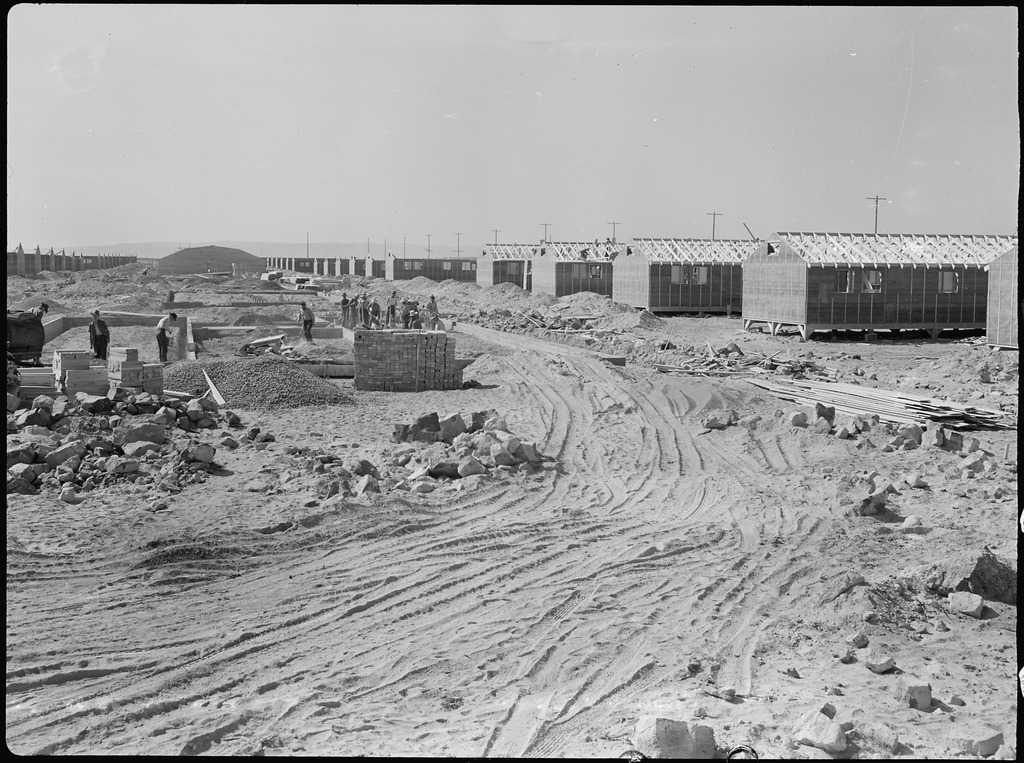
Ask a Historian: When Did America Start Building Its WWII Concentration Camps?
Densho Content Director Brian Niiya answers a question about the origin of the concentration camps where Japanese Americans were imprisoned during World War II.
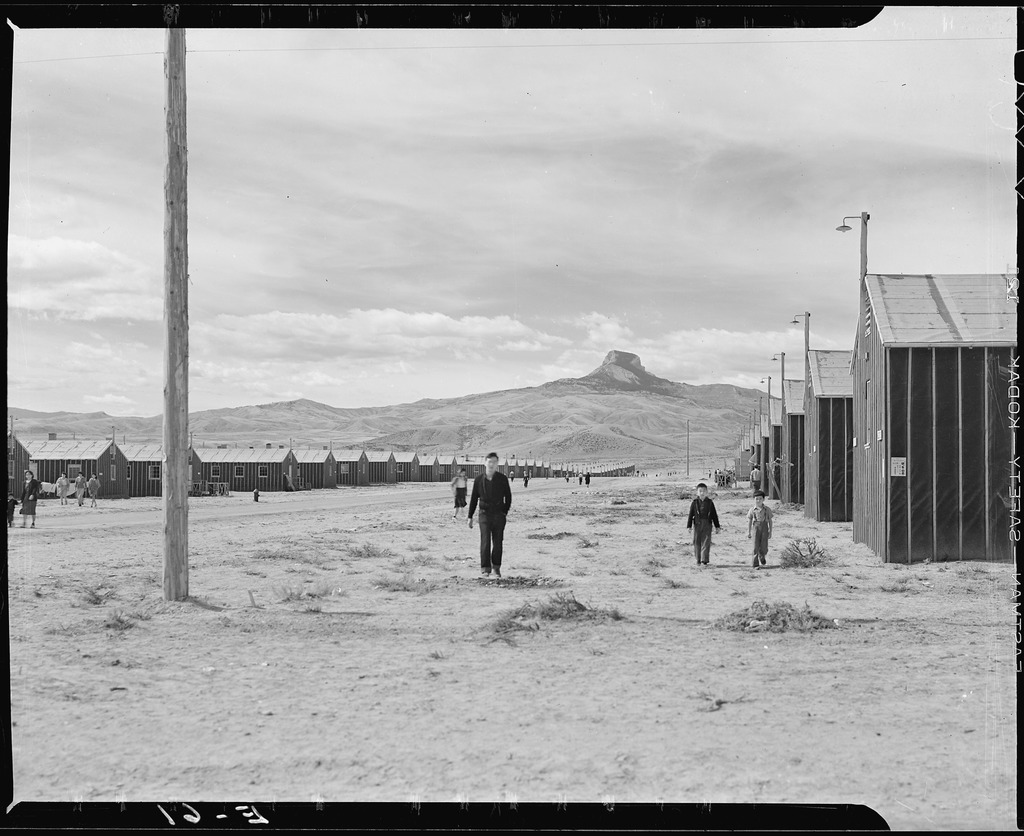
Frozen Hair, Work Stoppages, and Other Lesser-Known Stories from Heart Mountain
Perhaps you know the Heart Mountain, Wyoming, concentration camp for stories of boyhood-friends-turned-congressmen Norman Mineta and Alan Simpson, for the draft resistance of the Heart Mountain Fair Play Committee, for…
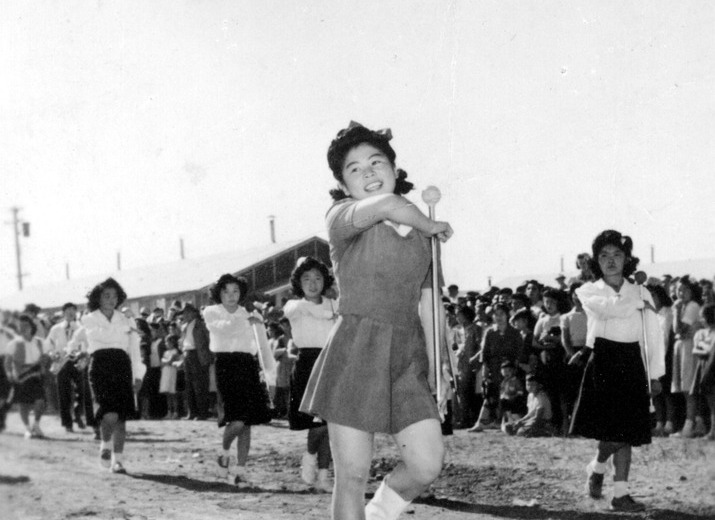
Ask a Historian: Why Do Some Survivors Say Camp Was “Fun”?
Densho Content Director Brian Niiya responds to a question from a descendant of the camps who wonders why his Nisei father often shared “happy” memories of the wartime incarceration.
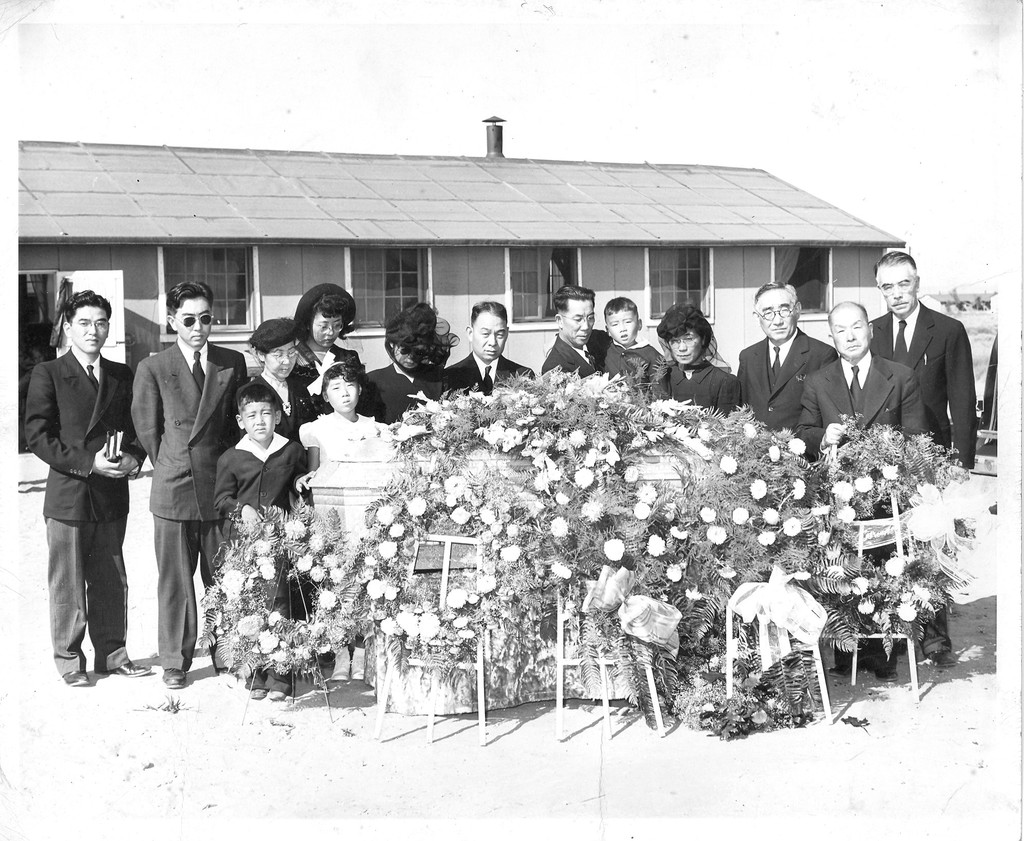
Ask a Historian: What Did Funerals Look Like in Camp?
In this latest query from Densho Content Director Brian Niiya’s “Ask a Historian” series, Shelley Lekven asks what funerals looked like for Japanese Americans incarcerated during World War II: Do…
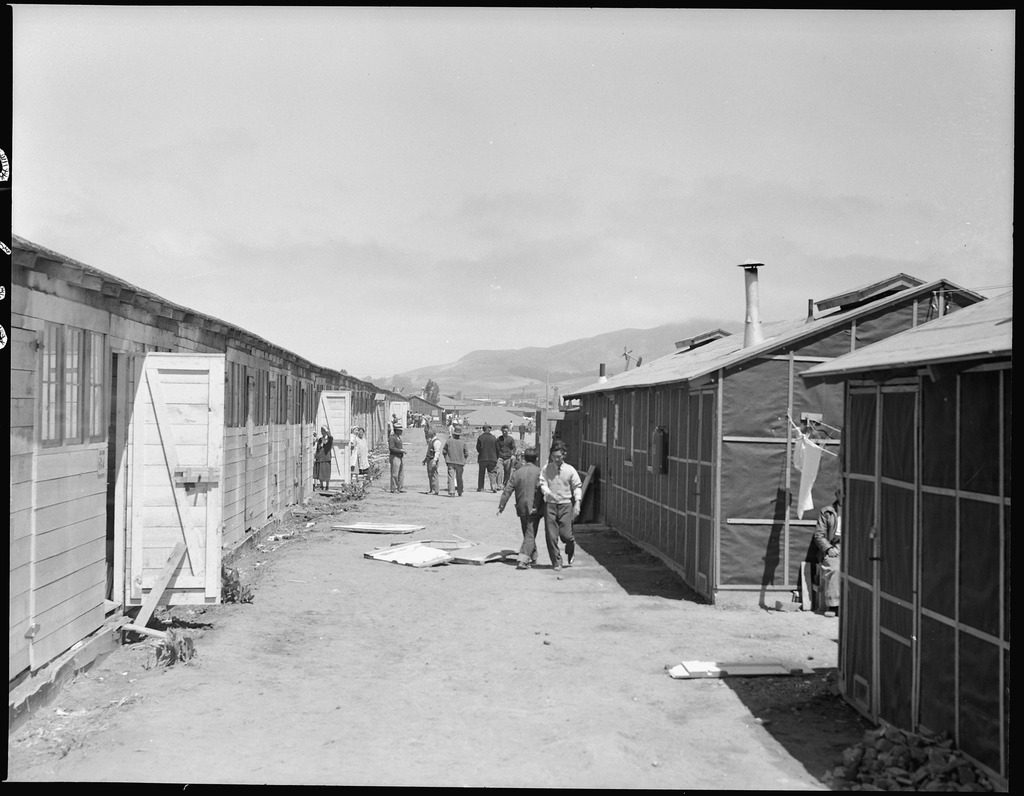
Horse Stall Housing, Spoiled Ham, and Other Stories of Life in Tanforan
The second largest of the so-called “assembly centers” with a peak population of 7,816, Tanforan was built on the site of the Tanforan Racetrack in San Bruno, California, near the…
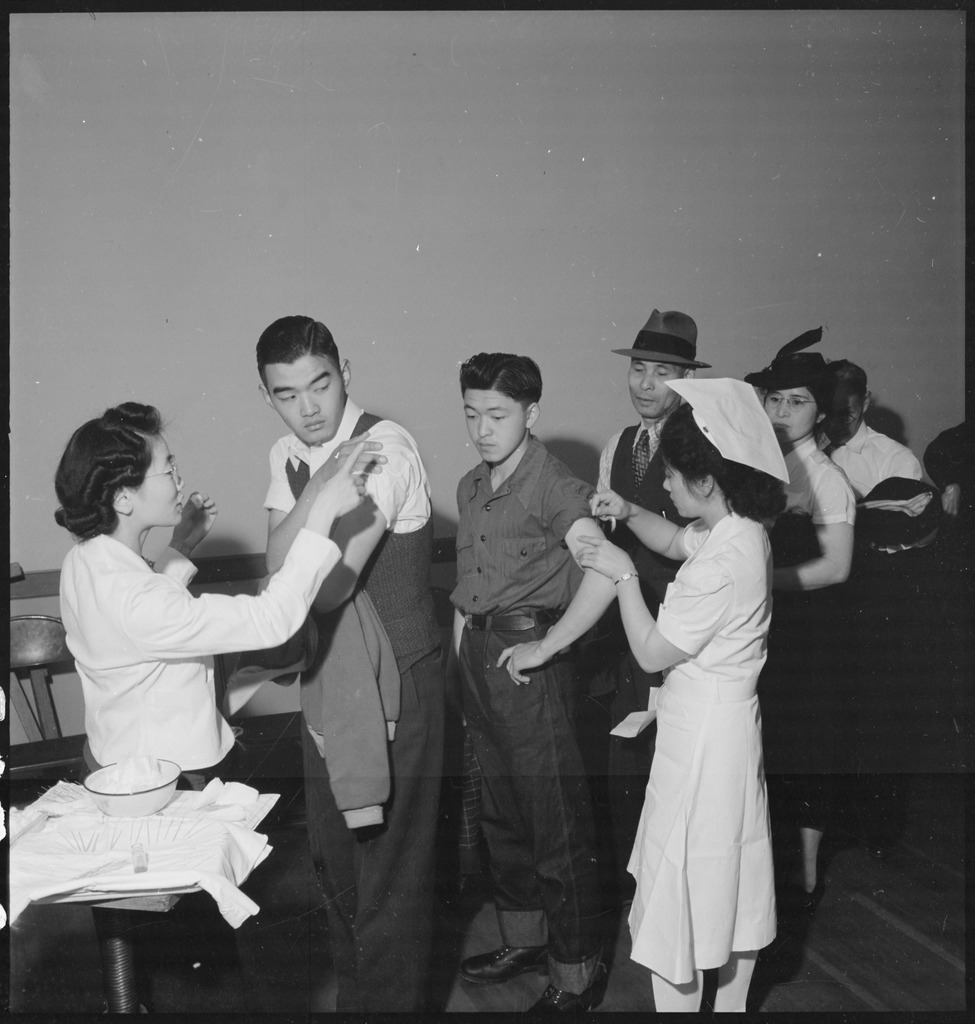
Ask a Historian: Did Japanese Americans Have Access to Vaccines in WWII Incarceration Camps?
Densho Content Director Brian Niiya answers a question about vaccination efforts in WWII concentration camps from a survivor who experienced them firsthand. Junko Mizuta writes: With the vaccine mandates being…
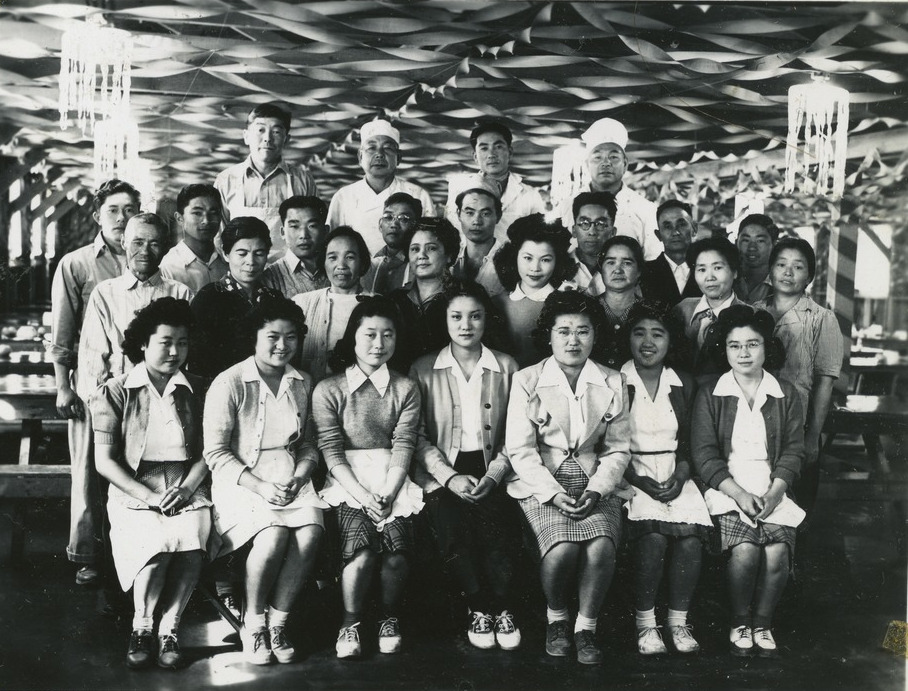
Ask a Historian: Why Were There “Waitresses” in Camp?
In this latest edition of “Ask a Historian,” Densho Content Director Brian Niiya digs into the history behind a photo taken in a mess hall at Topaz concentration camp —and…

Brick Floors, a Polio Outbreak, and Other Unique Aspects of Amache Concentration Camp
Amache was one of ten War Relocation Authority camps where Japanese Americans were incarcerated following the forced removal from the West Coast in 1942. Located in southeastern Colorado, it held…
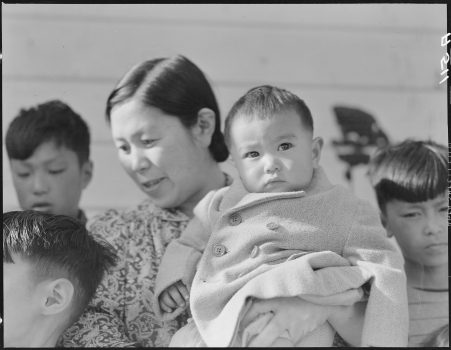
Ask A Historian: How Did Japanese American Mothers Feed Their Babies in Camp?
Densho Content Director Brian Niiya answers a fascinating question from a 99 year old camp survivor who worked in an “assembly center” milk station providing food for infant incarcerees.
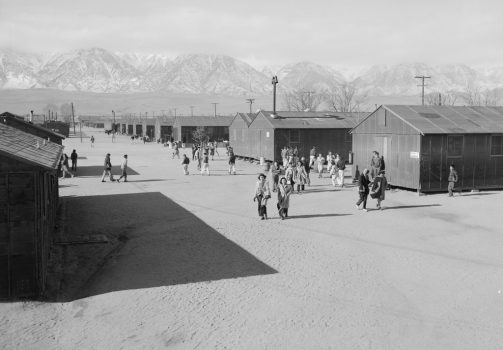
A Mattress Factory, Female Administrators, and Other Unusual Things About Manzanar
The first of America’s WWII concentration camps to be built, Manzanar was first at a lot of other things as well: the first to have an official historic marker, the…

Grilled Rattlesnake, Missing Toilets, and Other Things You Might Not Know about Jerome
One of two camps located in southeastern Arkansas—and less than thirty miles from Rohwer, the other such camp—Jerome was the earliest WRA camp to close, shutting down at the end…
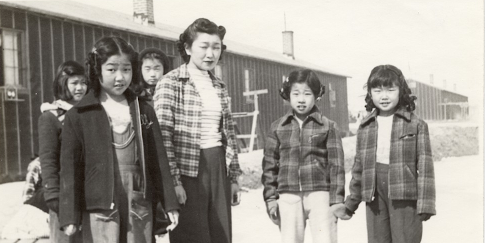
Photo Essay: Yoshio Okumoto’s Views of Life in Heart Mountain
Many of the “iconic” photos of Japanese American incarceration that we are most familiar with today were taken by white photographers who worked as outsiders looking in. But, as the…

The Final “Confusing, Cumbersome” Days in Minidoka Concentration Camp
Historical accounts of Japanese American incarceration often pay far more attention to the beginning than the end. But the scenes of camp officials hustling bewildered inmates onto trains in late…
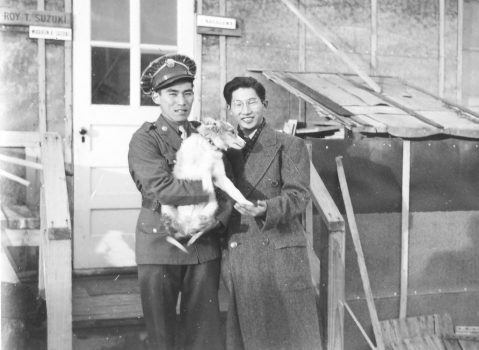
Pets in Camp: Dogs, Cats, Canaries, and “Even a Badger”
It is one of the most poignant—and often told—stories of the WWII roundup and incarceration of Japanese Americans: the wrenching decision that had to be made about a beloved pet…
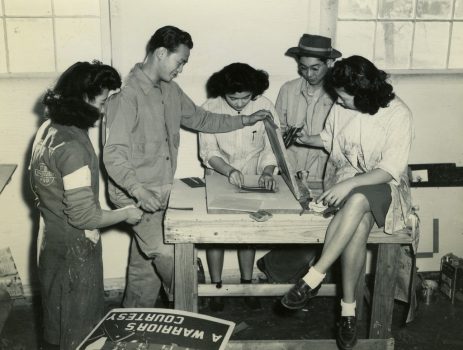
Photo Essay: The Amache Silk Screen Shop
The Amache concentration camp in southeastern Colorado was, in many ways, similar to other War Relocation Authority camps where Japanese Americans were incarcerated during World War II: rural and rugged,…
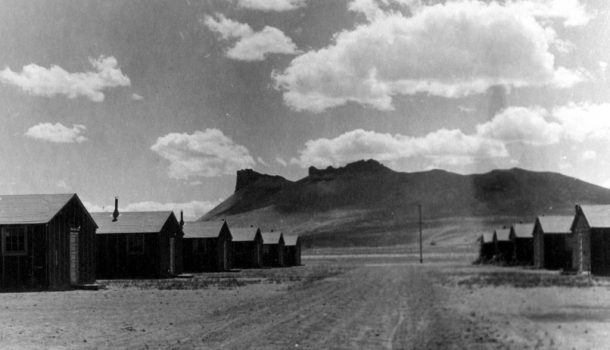
Understanding Tule Lake: A Brief History
Tule Lake began as one of ten concentration camps that held Japanese Americans forcibly removed from the West Coast in 1942. Early experiences there were, in many ways, much like…
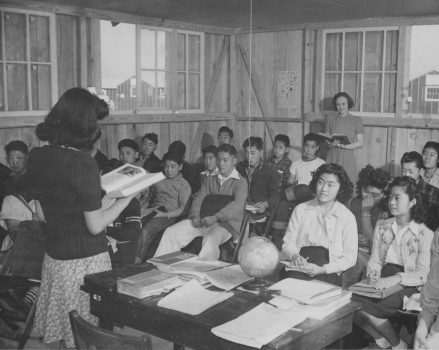
‘It was my first grown-up feeling of responsibility’: Student Views of Life in a Japanese American Concentration Camp
We’re fortunate today to have access to hundreds of testimonies from Nisei elders who were incarcerated as children during WWII. But the perspective captured in these oral histories is that…

Ten Things That Made Poston Concentration Camp Unique
The Colorado River “Relocation Center”—more commonly referred to as Poston—was located in the Arizona desert a few miles from the California border. The largest and most populous of the War…
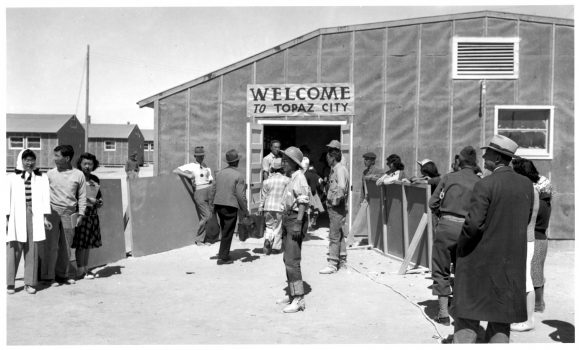
Ten Little Known Stories About Topaz Concentration Camp
The “Central Utah Relocation Center”—more popularly known as Topaz—was located at a dusty site in the Sevier Desert and had one of the most urban and most homogeneous populations of…

10 Little Known Facts of Life at Minidoka
Located in Southern Idaho, Minidoka concentration camp opened on August 10, 1942 and held some 13,000 Japanese Americans during World War II. The incarcerees — most of whom hailed from…

The “Loyalty Questionnaire” of 1943 Opened a Wound that has Yet to Heal
The Japanese American Citizens League is considering a resolution that proponents say would help heal a decades-old wound. The conflict stems from the disastrous “loyalty questionnaire” administered by the US…
